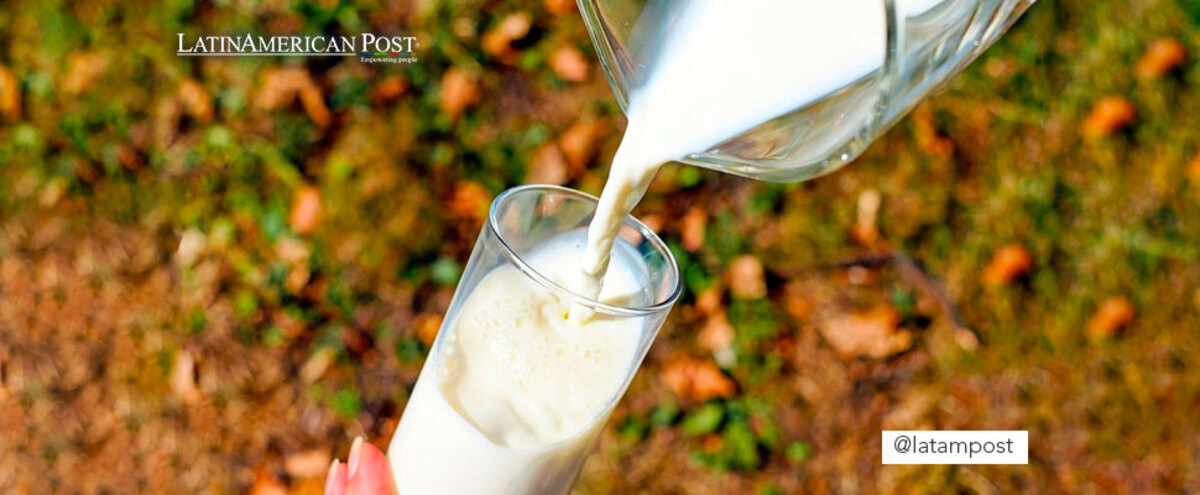Why is Whey Being Banned in Colombia?
Recently, Several Colombian Dairy Companies Found Themselves in the Eye of the Hurricane for Carrying out Prohibited Practices in the Andean Country, Putting the Health of Consumers at Risk.

Photo: Pixabay
LatinAmerican Post | Brandon Martínez Salazar
Listen to this article
Leer en español: ¿Por qué se está prohibiendo el lactosuero en Colombia?
The Superintendency of Industry and Commerce (SIC) was able to identify several milk marketing companies that would be adding whey to their products. These companies are not only engaging in unfair competition, but by failing to inform users of the actual nutritional content of products, they are also putting public health at risk.
Companies such as Gloria Colombia SAS, Lactalis Colombia LTDA. (Parmalat), Sabanalac SA and Hacienda San Mateo are, for now, the business organizations that have been investigated for failing to comply with article 14 of decree 616 of 2006 of the Ministry of Labor and Health, which prohibits the addition of whey to milk.
It should be noted that this is an issue to be resolved, since Invima has to rigorously monitor and control the type and quality of milk that citizens are consuming, who in turn are being deceived on product labels. At the moment, there are nine companies that are under review thanks to a popular action that reached the SIC anonymously.
What is whey?
For context, whey is a liquid by-product of milk. This liquid is obtained in the production of cheese and, according to the data, it has about 55% of the nutritional components of milk.
However, in Colombia the consumption of whey is allowed in other food processes such as sweets and thickeners. The problem is that mixing it directly with milk would not consume 100% of the original product. In other words, if the investigated companies are putting this into practice, they are not offering consumers the corresponding nutritional properties.
On the other hand, the labels on the packages sold in supermarkets are not really explaining the components of the milk. This is where the seriousness of the matter comes in because whoever consumes it would be putting their physical health at risk, since they do not know how it is really manufactured.
Also read: The importance of children's games for children's mental health
The issue of whey is explained as follows: factories use it to render milk. Thus, they offer the product at a lower price and obtain better economic benefits. In other words, they are adulterating it.
Side effects and uses of whey
According to the Medellín National Faculty of Agronomy Magazine, based on the nutritional value of whey, this product has given a number of commercial uses such as ethanol, organic acids, non-alcoholic beverages, fermented beverages, biomass, concentrates, protein isolates and hydroxylates, edible films, support medium to encapsulate substances, production of xanthan and enzymes for the separation of lactose for sweetening purposes in foods, among other applications.
However, the consumption of whey protein has negative effects on the human body. These effects are related to increased acne, liver toxicity, increased oxidative stress, kidney problems, intestinal problems, and expressions of anger.
This is why it is recommended to be very careful with the amount of whey consumed. Research has found that more than forty grams of whey protein in a day can be disastrous for some functions of our body, mainly kidney and liver.





